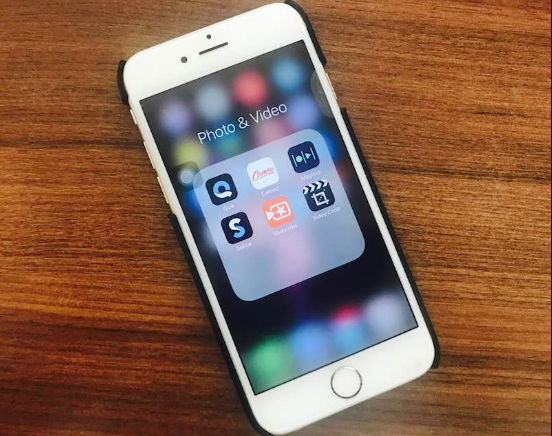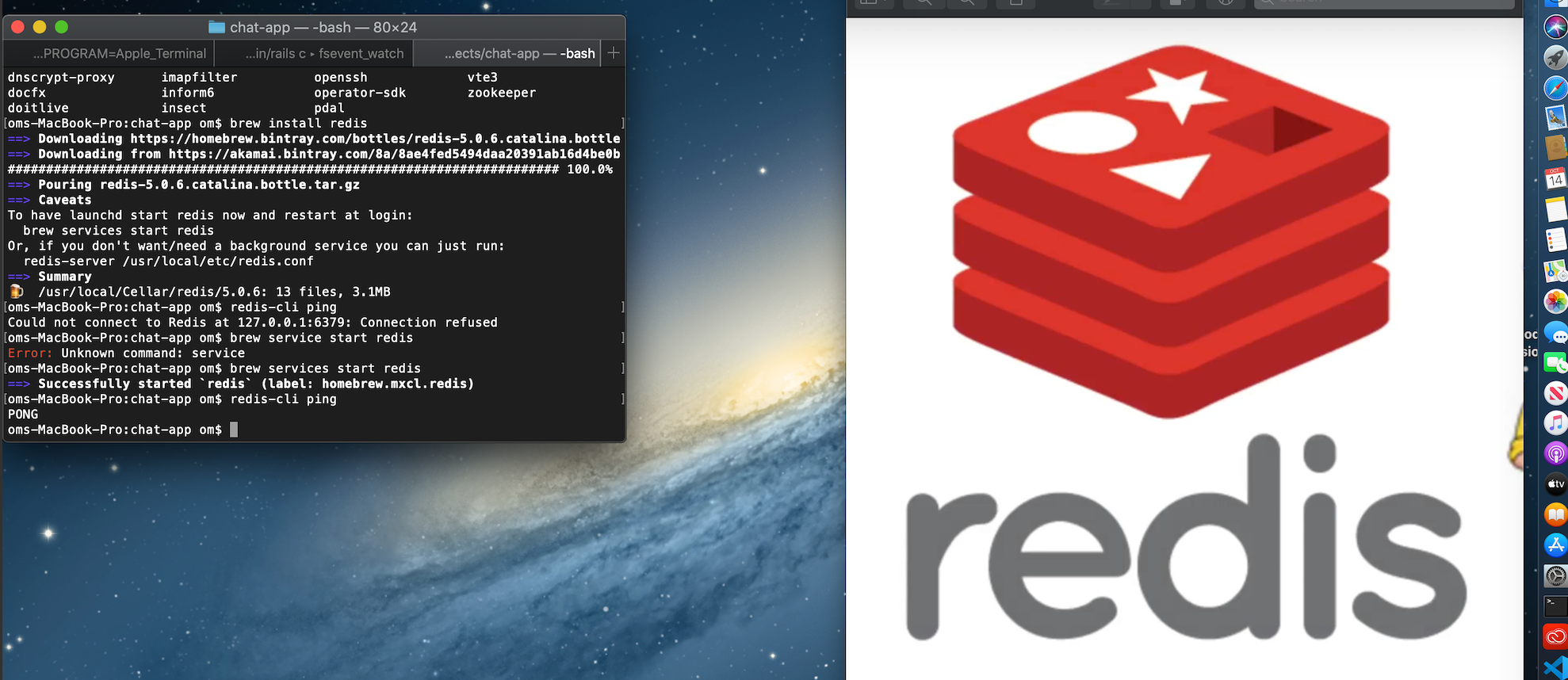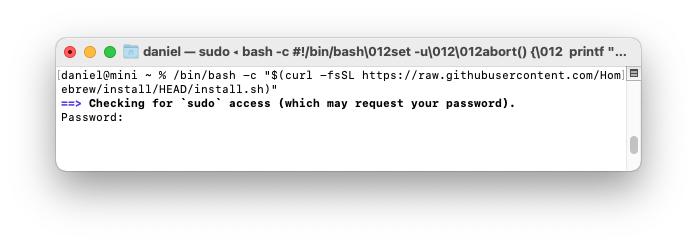Install homebrew if you don't already have it, then: $ brew install git. Apple ships a binary package of Git with Xcode. Binary installer. Tim Harper provides an installer for Git. The latest version is 2.32.0, which was released 17 days ago, on 2021-07-21. Building from Source.
- Install kafka in macos catalina using brew Published Mon, Feb 10, 2020 by DSK if you do not have brew installed on your mac, Install homebrew on your mac by running the following command on your Terminal.
- Installation with Homebrew is simple if you’re only planning to use Ruby for Jekyll. Install with a version manager such as asdf, chruby, rbenv, or rvm if you need to switch among Ruby versions (instructions for rbenv are below). See the guide Install Ruby on Mac for details and recommendations.
- The Homebrew install command will install the basic Xcode Command Line Tools that it needs. However, I recommend the full install, especially if you’re running Catalina. To do this, you can run the following command from the Terminal. Xcode-select -install Install Homebrew. The following command will install Homebrew.
There are several options for installing Git on macOS. Note that any non-source distributions are provided by third parties, and may not be up to date with the latest source release.
Homebrew


Install homebrew if you don't already have it, then:$ brew install git
Xcode
Apple ships a binary package of Git with Xcode.
Binary installer
Tim Harper provides an installer for Git. The latest version is 2.32.0, which was released 20 days ago, on 2021-07-21.
Building from Source

If you prefer to build from source, you can find tarballs on kernel.org. The latest version is 2.32.0.
Installing git-gui

If you would like to install git-gui and gitk, git's commit GUI and interactive history browser, you can do so using homebrew$ brew install git-gui
Quick Links
Have you tried to use Telnet on MacOS only to find out it wasn’t there?You’re not alone, many have been disappointed to find out that Telnet hasbeen removed from modern versions of the system software starting fromMacOS Mojave and newer. These instructions will work for MacOS Mojave andnewer, I happen to be running Big Sur and this is what I did to get Telnetback.
Installing Telnet on MacOS with Homebrew
First I would like to mention that there is an easier route, that is usingHomebrew. I see a lot about it and many people seem happy with it but I havean aversion to putting it on my machine. If you don’t already have Homebrewon your machine, navigate over to the brew website and followthe installation instructions. I would caution against following themexactly though for security purposes. I would do it like this instead:
Open and inspect the install.sh script to see what it does and make sure you feelcomfortable running it on your machine. And then run it.
After installing Homebrew, install Telnet
Installing Telnet on MacOS by Building Telnet from Source
This was the method I used. There are some prerequisite steps though, if youdon’t already have them you’ll need to install the MacOS command line tools.
Step 1: Installing the command line tools
Open a terminal and enter the following line, you’ll then be shown a pop upprompt.
Is Adobe Compatible With Mac Catalina
Click install when the prompt pops up.
After that you’ll be shown a license which you’ll have to agree to in orderto install.
After that you’ll see the download progress and the install will happenafter that. Unfortunately I forgot to get screen shots of the followingmessage boxes.
Step 2: Getting the Telnet source
For this step you’ll be getting the GNU network utilitiesnavigate to the download pageand find the latest source. At the time I’m writing this it’s 1.9.4:
Step 3: Extract the source
Step 4: Configure and build
Now that the source is extracted change into the directory:
Run the configure command:

Run the make command to build:
Homebrew Mac Catalina
And then install:
Uninstall Homebrew Mac Catalina
Either way you choose is fairly easy, the build for this is pretty straightforward and was very quick. I don’t think it even took me 10 minutes tobuild and install.